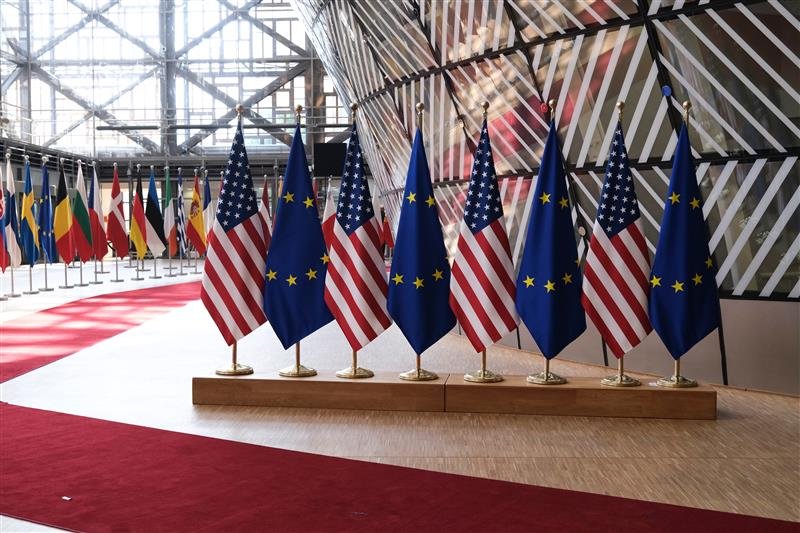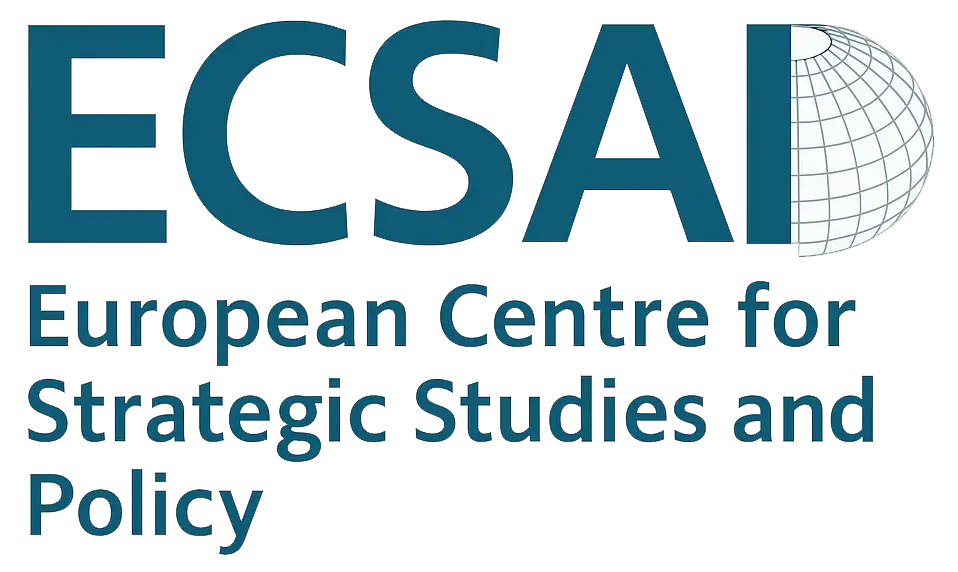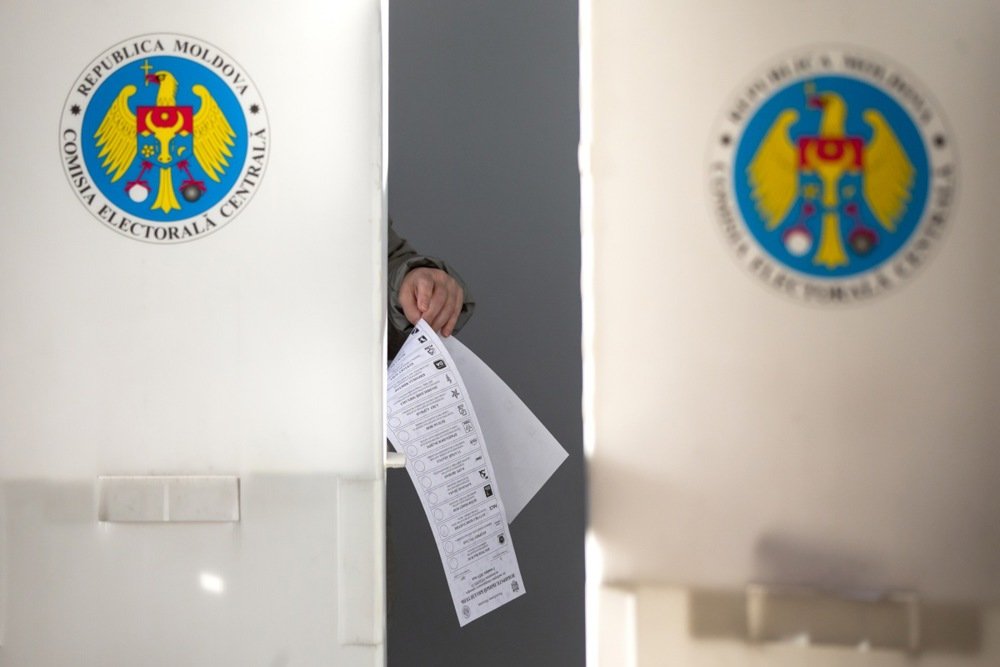
Executive Summary
In July–August 2025, the United States and the European Union announced a new framework trade deal that resets the baseline of transatlantic relations. Central provisions include a sharp reduction of tariffs on European cars and auto parts to 15% (from 25–27.5% under previous arrangements), with retroactive effect from 1 August 2025. The deal also exempts sensitive sectors such as generic medicines and ingredients, aircraft and parts, certain raw materials, and digital transmissions, while establishing commitments on digital trade and a freeze on “network usage fees” in Europe.
The European Commission estimates monthly savings of €500–600 million for the EU automotive sector, alongside positive spillovers for supply chains and employment. While tariffs remain above pre-2018 levels, the agreement marks a political and economic breakthrough.
1. Context and Background
Since the imposition of steel and aluminum tariffs in 2018 and their partial suspension in 2021, transatlantic trade relations have remained in a state of managed tension. The 2025 framework represents a pivot towards stabilization: tariff relief in key sectors, exemptions for strategic goods, and joint language on digital trade.
At the same time, regulatory frictions in digital policy persist. The EU’s Digital Markets Act (DMA) and Digital Services Act (DSA) continue to affect US tech firms, while Washington pressures Brussels to avoid discriminatory taxation or barriers. The new deal signals a compromise: liberalizing trade flows while preserving Europe’s regulatory autonomy.
2. Legal and Institutional Structure
- Joint Statement (21 August 2025): Outlines the framework, lists products granted Most-Favoured Nation (MFN) status from September 2025 (including aircraft parts, generics, industrial inputs).
- US Implementation (24 September 2025): The Department of Commerce and USTR confirmed tariff cuts on cars and auto parts to 15% retroactive to 1 August, alongside exemptions for critical inputs (graphite, rare earths, mechanical/electrical components). This was enacted under a Presidential executive order authorizing tariff relief for trade partners.
- Digital and Trade Facilitation: Commitments include zero tariffs on electronic transmissions, an EU pledge not to impose “network usage fees,” and consultations to address “unjustified” digital trade restrictions.
Note: Negotiations on a Critical Minerals Agreement (CMA) remain ongoing. A finalized CMA would allow EU-sourced minerals and processing to count toward IRA (Inflation Reduction Act) EV tax credit requirements.
3. Key Provisions and Sectoral Impacts
a) Automobiles and Parts
- Tariffs cut to 15%, retroactive to 1 August 2025, generating estimated savings of €500–600 million per month for EU automakers.
- Major German carmakers saw stock gains following the announcement.
- Yet tariffs remain above pre-2018 levels, and EV competitiveness depends heavily on non-tariff issues (standards, rules of origin, regulatory alignment).
b) Pharmaceuticals and Aviation
- Generics and ingredients exempted from tariffs.
- Aircraft and parts granted MFN treatment.
- Industrial input exemptions (graphite, rare earths) reduce bottlenecks in strategic supply chains.
c) Digital Trade
- Agreement to maintain zero duties on electronic transmissions.
- EU commitment not to introduce “network fees.”
- Roadmap for consultations on digital trade facilitation—seen as a win for cloud, SaaS, and content providers.
- Still, DMA/DSA disputes remain unresolved.
d) Critical Minerals (Pending)
- CMA remains under negotiation. Without it, EU suppliers risk exclusion from IRA EV tax credits, leaving Japan and other CMA partners with advantages.
4. Macroeconomic and Financial Effects
- Growth & Employment: Relief in autos and industrial inputs strengthens exports, supports investment, and sustains jobs in Germany, Slovakia, Czechia, and Italy.
- Inflation: Lower tariffs on inputs and generics ease cost pressures for consumers.
- Balance of Payments: EU export prospects improve, though strong euro and remaining tariff gaps limit the upside.
5. Winners and Losers
Winners
- EU automakers and parts suppliers.
- Aviation sector (aircraft, parts).
- Pharmaceutical generics and supply chains.
- Cross-border digital service providers.
Losers / At Risk
- Some US domestic producers facing renewed EU competition.
- EU firms reliant on CMA implementation (batteries, minerals) risk losing IRA-linked advantages if talks stall.
6. Geopolitical and Supply Chain Dimensions
The agreement underscores transatlantic cohesion in an era of strategic rivalry with China and Russia. It reflects a move toward “low-fence gardens” rather than full decoupling—securing sensitive inputs while maintaining openness. A completed CMA would mark progress toward a Western critical minerals alliance underpinning green transition and defense supply chains.
7. Gaps and Risk
- Political/Legal Uncertainty: Key provisions enacted via executive order or joint statement—requiring legislative codification for durability.
- Digital Regulation: Frictions over DMA/DSA could reignite disputes unless managed via structured regulatory dialogue.
- CMA Delay: Slow negotiations risk weakening EU competitiveness in EV and battery value chains.
8. 12-Month Scenarios
- Consolidation (Likely): Provisions solidified, CMA advanced, implementation monitored.
- Regulatory Alignment: Progress on standards, cybersecurity, AI rules reduces non-tariff costs.
- Regulatory Backlash: Renewed disputes over digital policy/DSA could slow momentum.
9. Policy Recommendations (ECSAP
- Legal Anchoring: Push for codification of tariff cuts and digital commitments into binding instruments.
- Accelerate CMA: Secure an agreement aligning with IRA requirements and sustainability criteria.
- Regulatory Dialogue: Establish a permanent EU–US channel on digital regulation to manage DMA/DSA frictions.
- EV Sector Facilitation: Advance convergence on standards, rules of origin, and mutual recognition.
- Impact Transparency: Publish quarterly scorecards showing savings and consumer benefits to consolidate political support.
10. Conclusion
The 2025 US–EU trade deal marks a shift from conflict management to pragmatic integration. By lowering costs in key sectors and advancing digital trade, it resets transatlantic cooperation. Yet full institutional recovery requires legal durability, a completed CMA, and structured regulatory dialogue. Europe and the US now have a window to consolidate a strategic economic alliance aligned with green transition, competitiveness, and democratic resilience.





